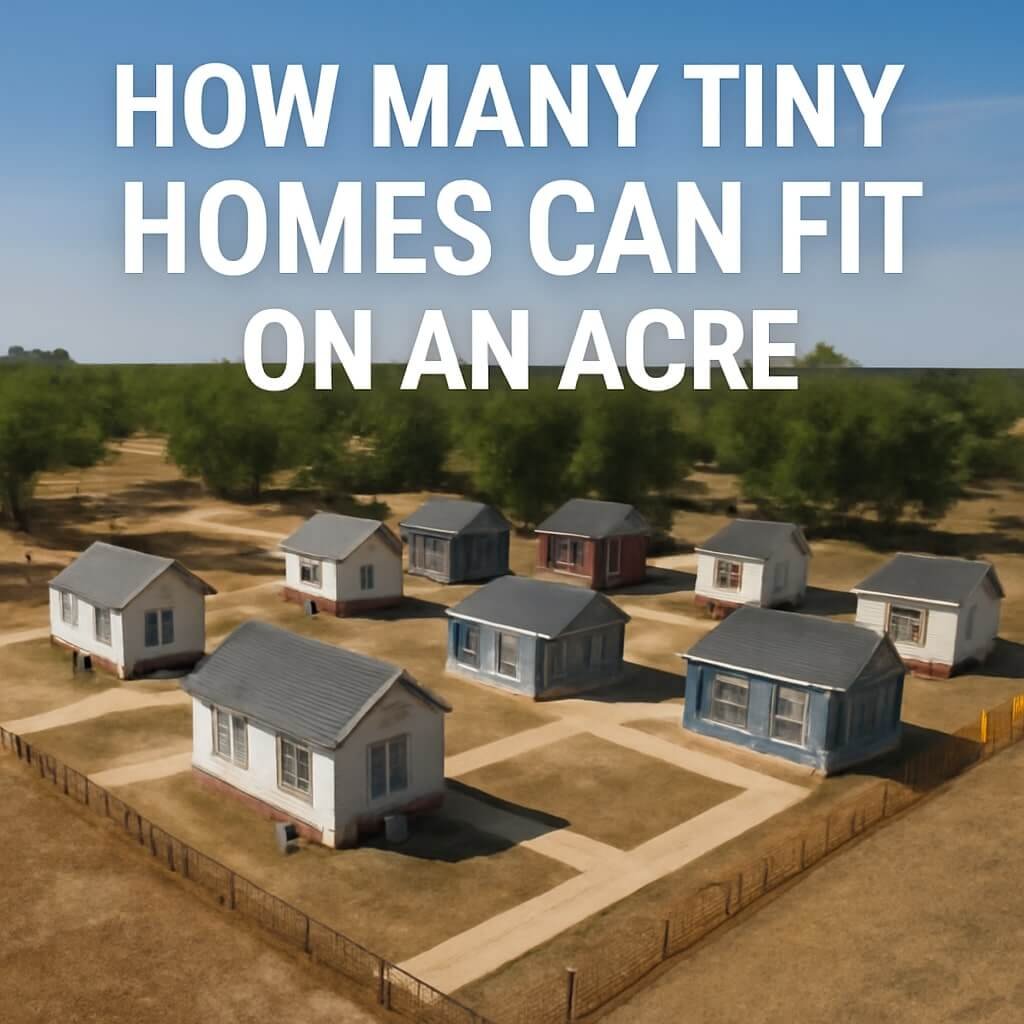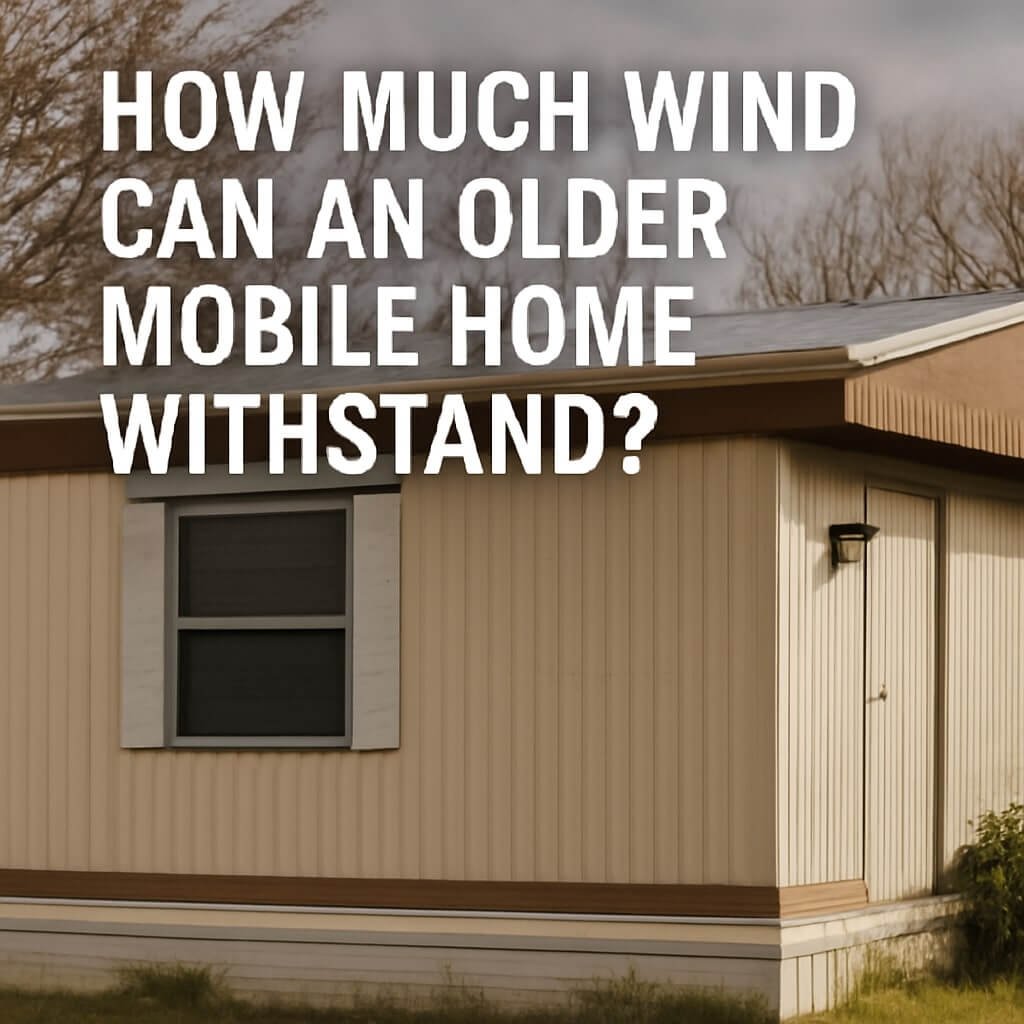When it comes to building tiny home communities or simply maximising the use of land, a common question arises: how many tiny homes can fit on an acre? Understanding this helps prospective homeowners, developers, and planners make informed decisions. In this comprehensive guide, we’ll break down the factors influencing tiny home density, explore layouts, and provide practical examples to answer this question with precision.
What Is a Tiny Home?
Tiny homes are compact dwellings typically under 400 square feet, designed to maximise space efficiency and often emphasise sustainable living. They come in various forms, from mobile tiny homes on trailers to fixed, foundation-based houses. The tiny home movement has gained popularity for its affordability, simplicity, and reduced environmental footprint.
Typical sizes of tiny homes range from 100 to 400 square feet. Common designs include lofted bedrooms, multi-functional furniture, and minimalistic interiors. While the compact nature defines them, their versatility makes them suitable for single individuals, couples, or even small families.
Understanding Acreage and Its Dimensions
Before diving into how many tiny homes fit on an acre, it’s important to grasp what an acre measures. An acre is a unit of land area commonly used in the U.S. and equals 43,560 square feet (about 4,047 square meters). To visualise, imagine a square plot roughly 208.7 feet on each side.
Understanding the size of an acre is crucial because it sets the stage for calculating how many homes you can fit based on the average footprint of a tiny home and necessary surrounding space for amenities, access, and compliance with regulations.
Average Size of a Tiny Home
Most tiny homes measure between 100 to 400 square feet in total living space. However, when considering land use, the footprint or the base area of the home is the key factor. For example, a tiny home might have a footprint of approximately 150 to 300 square feet.
Beyond the home’s base, outdoor space for decks, storage, or landscaping can increase the overall land required per unit. To plan effectively, it’s typical to allocate at least 500 to 1,000 square feet per home, accounting for the home itself plus some personal outdoor space.
Factors Influencing How Many Tiny Homes Fit on an Acre
The question of how many tiny homes fit on an acre isn’t simply a math problem; many external factors shape the answer. Here are the main influencers:
Zoning Regulations and Land Use Policies
Local zoning laws often dictate minimum lot sizes, setbacks, and allowable housing density. For instance, some areas require a minimum lot size of 5,000 square feet per dwelling, while others may allow much denser configurations for tiny homes. It’s essential to research your local regulations or consult with municipal planning offices to understand what’s possible.
Setbacks and Buffer Zones
Setbacks are required distances between structures and property boundaries or neighbouring buildings. These create buffers for privacy, safety, and environmental protection. They can reduce the number of homes per acre significantly, especially if the minimum setback is large.
Shared Amenities and Infrastructure
Tiny home communities often share roads, parking, utilities, and common spaces. Space must be allocated for these shared amenities, which reduces the land available for individual homes. For example, communal driveways and green spaces might consume 15-30% of the acreage.
Calculating Tiny Homes Per Acre: Step-by-Step Guide
Let’s walk through a basic calculation example:
- Acre size = 43,560 sq ft
- Average footprint per tiny home, including personal outdoor space = 1,000 sq ft
- Infrastructure and shared space allocation (roads, communal areas) = 25% of total land
Step 1: Calculate the land available for homes after infrastructure
43,560 sq ft × 0.75 = 32,670 sq ft available for homes
Step 2: Divide by the space needed per home
32,670 sq ft ÷ 1,000 sq ft per home = approximately 32 homes per acre
This example shows a rough estimate — actual numbers will vary based on zoning, design, and site conditions.
Layout Designs for Maximising Tiny Home Density
The way tiny homes are arranged greatly affects how many can fit on an acre:
- Grid Layout: Homes arranged in neat rows and columns maximise space efficiency but may reduce privacy.
- Cluster Layout: Homes grouped in pods with shared green spaces promote community interaction.
- Linear Layout: Homes placed along a road or pathway, good for narrow plots.
- Mixed Layout: Combines elements of all the above for balance between density and livability.
Case Studies: Tiny Home Communities and Their Acreage
Here are real-world examples:
- Community A: 30 homes on 1 acre in an urban setting with multi-level tiny homes.
- Community B: 20 homes on 1 acre in a rural setting with larger setbacks.
- Community C: 40 homes on 2 acres using clustered designs and shared amenities.
These cases demonstrate how density fluctuates based on design and local rules.
Environmental and Social Benefits of Tiny Home Communities
Tiny home communities not only make efficient land use but also promote sustainable living by reducing resource consumption and encouraging social interaction. They provide affordable housing options and often create tight-knit communities.
Challenges in Fitting Tiny Homes on an Acre
While tiny homes offer many advantages, challenges include:
- Infrastructure costs for roads, water, and sewage
- Privacy concerns due to proximity
- Navigating zoning and building codes
Future Trends: How Tiny Home Acreage Usage Is Evolving
Innovations in modular construction, flexible zoning, and community design are making it easier to increase tiny home density without compromising comfort or aesthetics.
FAQs About Tiny Homes on an Acre
What is the minimum size a tiny home can be?
Most tiny homes start at about 100 sq ft, but can be as small as 80 sq ft with efficient design.
Can I build a tiny home on any acre of land?
Not always. Local zoning laws and building codes must be checked before building.
How much outdoor space is recommended per tiny home?
At least 300-500 sq ft of private outdoor space is common for comfort and usability.
Are tiny homes more affordable to build than traditional homes?
Generally, yes, due to smaller size and reduced materials, but costs vary widely.
What infrastructure is needed for a tiny home community?
Water, electricity, sewage, roads, and parking are essential.
How do zoning laws affect tiny home communities?
They can limit density, require minimum lot sizes, and dictate placement and utilities.
Conclusion: Making the Most of Your Acre for Tiny Homes
Determining how many tiny homes can fit on an acre involves more than just simple math. Zoning, infrastructure, design, and community needs all influence the final number. With careful planning and creativity, it’s possible to create thriving tiny home communities that maximise land use while enhancing quality of life.













